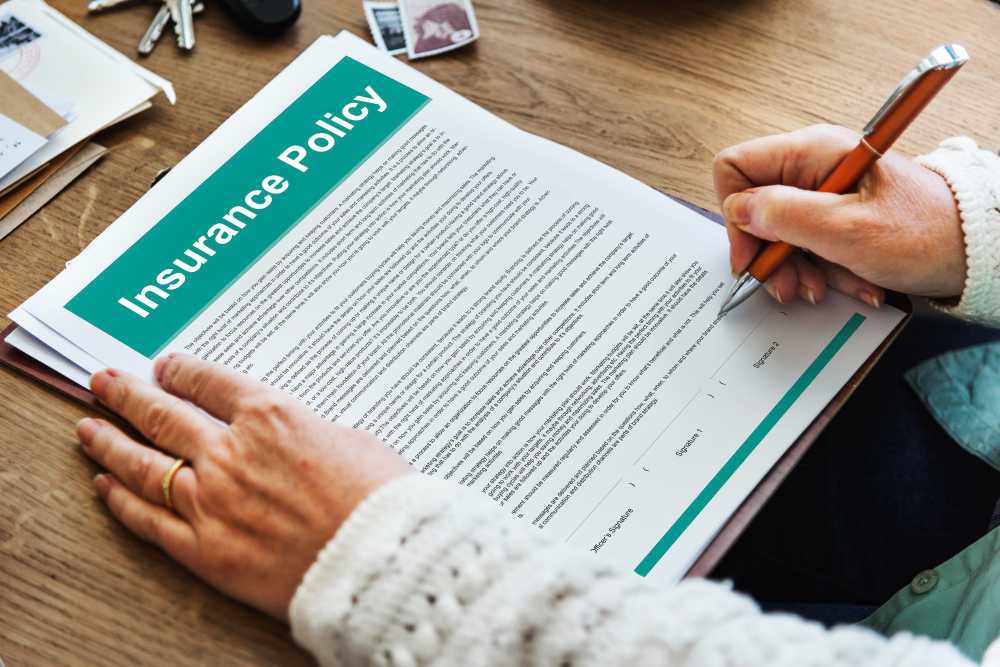Choosing the right insurance can be tricky, especially for those who are new to it. With so many terms and coverage levels, choosing a “good” policy isn’t always simple. However, understanding a few basic points can help you find the right fit. Here’s a beginner-friendly checklist to guide you as you explore different insurance plans.
1. Adequate Coverage Limits
A “good” policy should have coverage limits that match or exceed your needs. For example, in auto insurance, you want enough liability coverage to pay for any unexpected damages or injuries if you’re at fault in an accident. In health or life insurance, you want coverage that can help with medical bills or replace lost income. Always think about potential expenses, not just the minimum required.
2. Clear Deductibles and Premiums
Policies often have a deductible (the amount you pay before your insurance starts helping) and a premium (the amount you pay regularly to keep the policy active). A policy that works for you will have a deductible you can handle if you have to file a claim and a premium that fits your monthly budget. Ignore taking policies that offer unrealistically low rates but come with sky-high deductibles.
3. Coverage for Real-Life Risks
It’s important to pick a policy that addresses the risks you actually face. If you live in an area prone to floods, for example, check whether your homeowners or renters insurance covers flood damage or if you need a separate policy. If you travel often, make sure your health plan offers out-of-state or international coverage.
4. Easy Claims Process
When you have to use your insurance, the process should be smooth and supportive. A good policy often comes with a responsive customer service team and a quick claims settlement process.
5. Flexible Options and Riders
Sometimes, you need extra coverage, like for jewelry, electronics or certain types of accidents. Check if your insurance company offers riders or add-ons that allow you to expand your protection.
A “good” insurance policy is one that fits your lifestyle and financial situation. It provides enough coverage to help you deal with unexpected events without draining your wallet. By looking at coverage limits, deductibles, relevant protection, the claims process and potential add-ons, you’ll have a better idea of what kind of policy is right for you. If you’re still unsure, reach out to an insurance professional who can guide you in picking a plan that keeps you well-covered.

